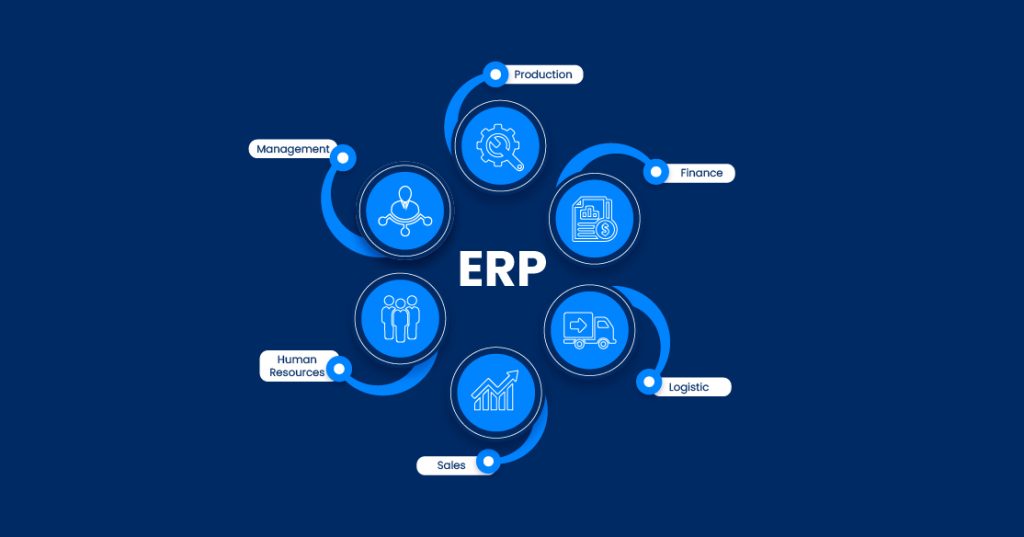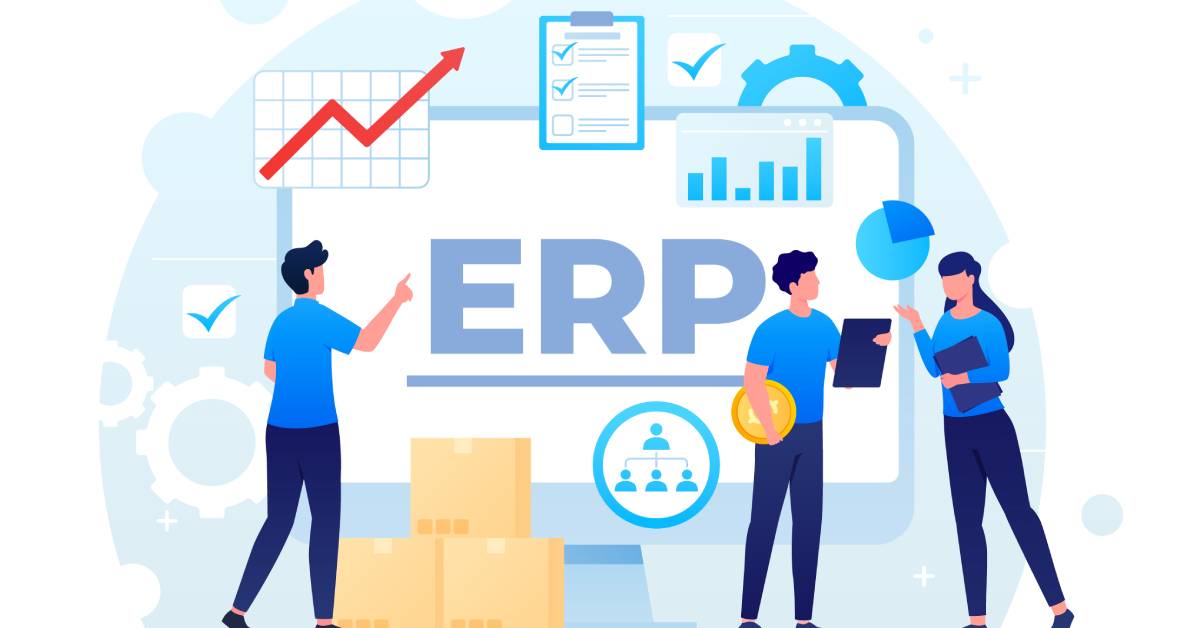What are the Types of ERP Systems?
ERP (Enterprise Resource Planning) systems can be categorized into several types based on various criteria such as deployment, business size, functionality, and industry focus. Here are the main types:

1.** On- Demesne ERP System**
-Traditional ERP systems where the software and tackle structure are maintained on-point within the association’s demand.
– Requires significant outspoken investment in tackle and IT structure.
– Provides full control over customization and data security
2. **Cloud-Based ERP:**
– ERP methods hosted on a cloud platform and accessed via the internet.
– Subscription-based pricing model (pay-as-you-go).
– Offers scalability, flexibility, and lower upfront costs compared to on-premises ERP.
– Examples include SAP S/4HANA Cloud, Oracle ERP Cloud, and Microsoft Dynamics 365.
3. **Open Source ERP:**
– ERP software where the source code is made available to the public for use, modification, and enhancement.
– Typically lower initial costs but may require higher IT expertise for implementation and maintenance.
– Examples include Odoo, ERPNext, and Apache OFBiz.
4. **Small Business ERP:**
– ERP methods designed specifically for small to medium-sized enterprises (SMEs).
– Usually less complex and more affordable than ERP solutions targeting large enterprises.
– Often includes modules for accounting, CRM, inventory management, and basic HR functions.
5. **Industry-Specific ERP:**
– ERP systems tailored to meet the unique needs of specific industries or sectors (e.g., manufacturing, healthcare, retail).
– Includes industry-specific features and modules to address regulatory requirements and operational challenges unique to that industry.
6. **ERP for Large Enterprises:**
– Comprehensive ERP systems are designed to meet large associations’ complex needs with multiple departments, and local, and global operations.
– Offers extensive customization, scalability, and integration capabilities.
7. **Two-Tier ERP:**
– Strategy where a large organization uses two different ERP systems: one at the corporate level (for financials, and compliance) and another at the subsidiary level (for operational needs).
– Allows subsidiaries or divisions to use ERP systems that best fit their specific requirements while ensuring consistency and integration at the corporate level.
8. **Mobile ERP:**
– ERP systems accessible through mobile devices (smartphones, tablets).
– Enables remote access to ERP functionalities, facilitating real-time decision-making and enhancing workforce productivity.
ERP systems cater to different organizational needs, sizes, industries, and deployment preferences, offering varying levels of customization, scalability, and integration capabilities.










